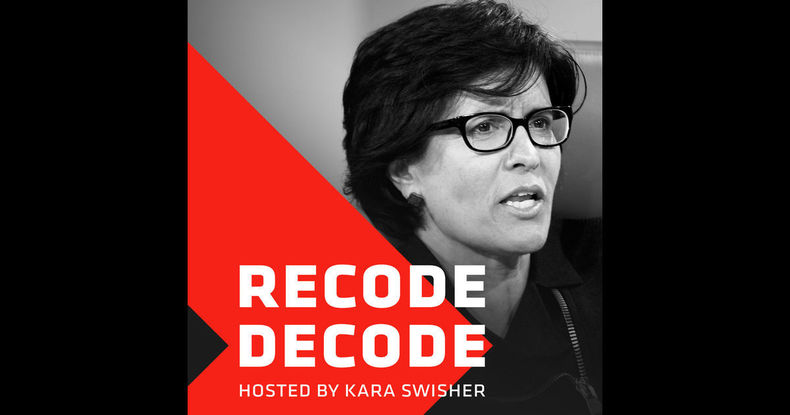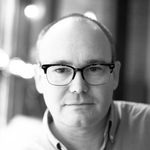Founder Lesson
If you are a regular reader of my blog then you know that I frequently talk about “knowing your space (and adjacent spaces) cold,” so that you can increase your odds of finding a 10x better product. In other words, learn as much as you can from other efforts around the country. This is particularly important in towns (like mine…Atlanta) where early-stage capital is scarce. Since no one will subsidize your learning, you need to learn as much as you can on someone else's dime.
The best founders that I know can talk for hours about what startups in their space are doing (right & wrong) and what’s happening in adjacent spaces (eg a founder focused on a peer-to-peer clothing marketplace understanding everything happening in general clothing e-commerce).
Striving for a business model that's 10x better increases your chances of getting the two most important things that matter to B2C startups…(1) usage cadence and (2) word-of-mouth growth.
Bottom line…great new things stick in the minds of your customers, so they remember to use it and tell lots & lots of other people about it.
Examples of order-of-magnitude better startups include…
Waze. There were dozens of mapping apps before Waze, but when you first heard of their value prop it was the first time that an app had crowdsourced traffic. So you were outsmarting traffic on your way home and feeling quite smart and organized as a result.
Blue Apron. Prior to Blue Apron you had never heard about meal kit deliveries. The process of cooking from planning to shopping to prepping is painful and they were the first to give people just the fun parts.
Warby Parker. While Warby Parker has a great brand and $99 glasses, the real innovation was at-home trials. Before them you could only buy glasses in the mall at LensCrafters or at your eye doctor’s office. This product decision made all the difference.
Because this notion of finding a 10x better product is so important, I’m always looking for ways that successful founders think about this issue.
In this podcast, the founder of Instagram describes how “the valley is built on looking around at all the different ingredients in the world and figuring-out how you can combine them into a new dish.” Said another way, the best founders put different parts together in an effort to find something that people might really love.
Looking for “parts” allows you to gauge how consumers are responding to the individual elements and imagine the magic that might be created when different parts are combined.
The founding of Instagram is one of the truly great startup stories of our time, so there’s lots to learn here.
If you are particularly interested in creating MVP products, here are all my blog posts tagged “mvp.” Enjoy!
Get Right to the Lesson
I’d recommend listening to the entire thing, but to get right to the point go to minute 0:59 of this podcast/video.

Thanks to these folks for helping us all learn faster
Kevin Systrom (@kevin), CEO/co-founder of Instagram (@instagram)
Kara Swisher (@karaswisher) of Recode (@Recode)
Please let me and others know what you think about this topic
Email me privately at dave@switchyards.com or let's discuss publicly at @davempayne.
The best startup advice from experienced founders...one real-world lesson at a time.
